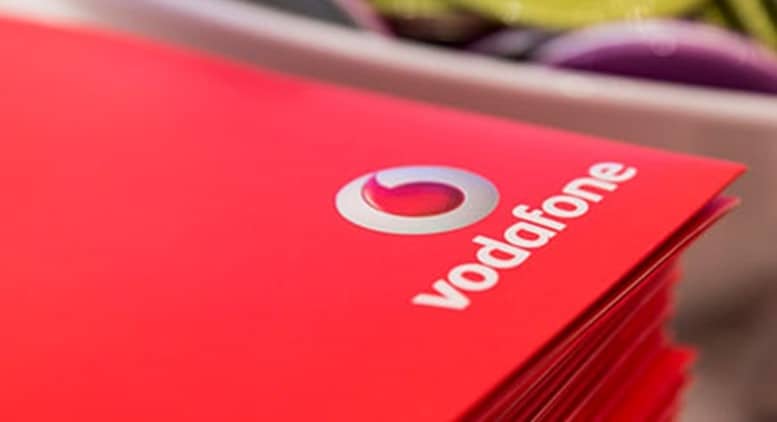Vodafone UK has started trials of a new mobile technology, 4.5G (TDD+) to significantly increase the capacity and efficiency of its 4G network in urban areas. The Operator is collaborating with Huawei to run the trials in Manchester to support the expected rapid growth in video and virtual reality applications with the arrival of next generation smartphones.
Both companies are using a new 4x4 MIMO (Multiple-Input Multiple-Output) and eight-way transmit and receive (8T8R) techniques, together with multi-user beam-forming for the testing.
According to Vodafone, unlike traditional methods of transmitting mobile signals between base stations and mobiles, beam forming and four-way receiver diversity significantly improve performance in heavily built up areas. It combines the signals from multiple angles and co-located antennas in order to reduce interference and improve throughput. The trial involves 4x4 versions of MIMO in order to deliver mobile data services at much greater speeds and with improved accuracy. The 8T8R beamforming concentrates the user-specific energy and multiplexes the resource between different users, thus increasing the average as well as the edge performance.
By combining MIMO with beam-forming, Vodafone is better able to focus customers’ mobile signals in specific directions to ensure the best user experience and minimise interference during peak times in highly populated areas. As a result, more signal reaches more subscribers particularly at the edge of the base station coverage, in order to provide higher average speeds across the network.
This joint innovation with Vodafone has proved that 4.5G (TDD+) is a good solution to release the potential of TDD spectrum and will help Vodafone build the most advanced LTE network available.
Vodafone UK’s Chief Technology Officer, Jorge Fernandes
We are working hard with our radio network equipment partners to ensure our network is future-proofed for the expected arrival of 5G in four to five years’ time, whilst continually improving our 4G performance for customers throughout the UK.
Veni Shone, President, Huawei LTE TDD President
The newly deployed LTE TDD network immediately serves the LTE TDD capable commercial smartphones and successfully carries significant live network traffic. This trial proves that LTE TDD with the most recent technologies can be naturally converged with LTE FDD and improve the overall experience enjoyed by all users on the network.




















